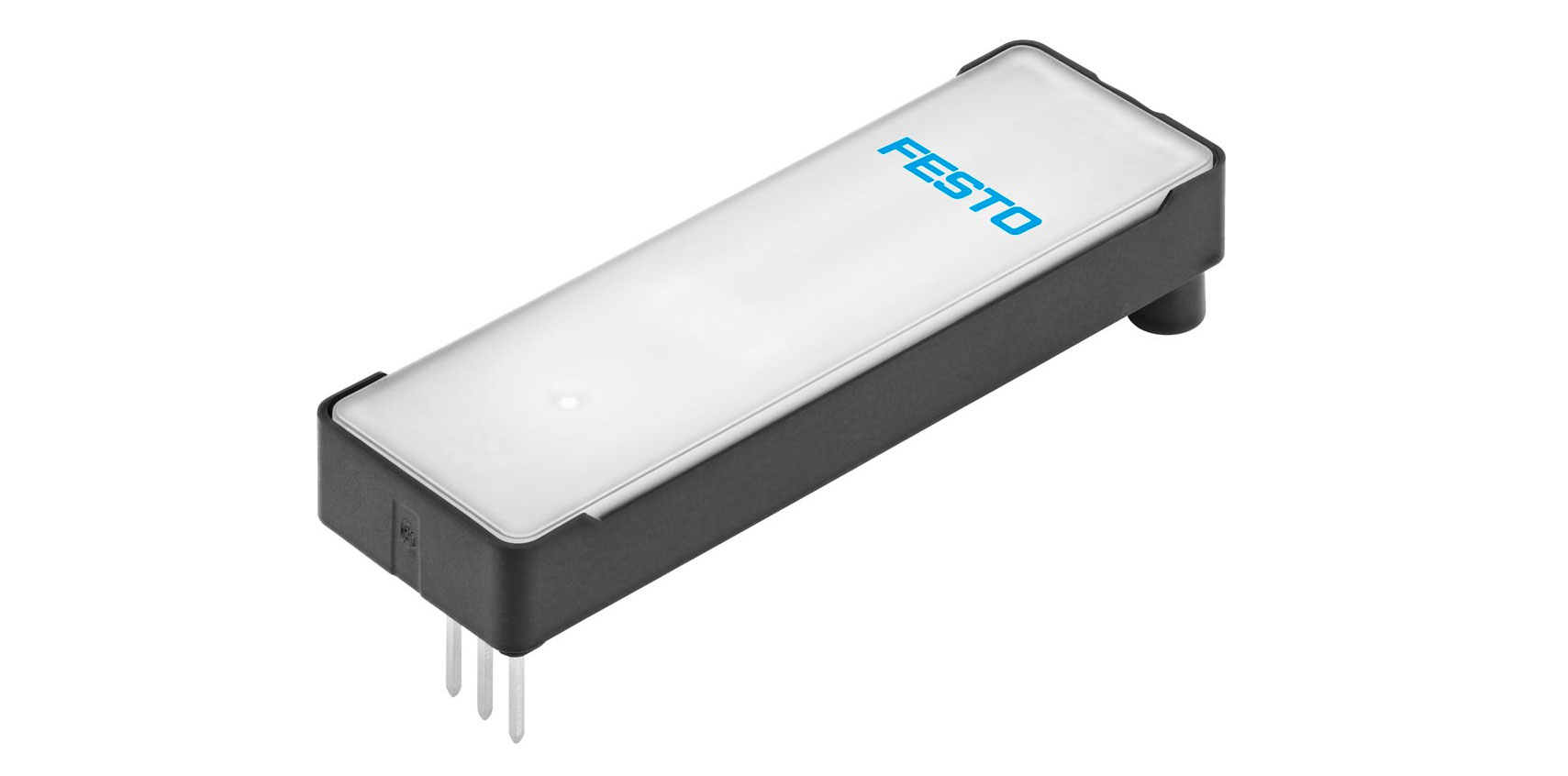The Benefits of Piezo Valve Technology in Pneumatic Systems

Compared to traditional solenoid valves, piezo valves are lightweight, precise and energy efficient. These advantages make them ideal for many critical applications—from semiconductor manufacturing to laboratory automation. But how exactly do piezo valves work and what makes them superior to other valve technologies? Let’s find out.
What is Piezo Technology?
Piezo valves incorporate a piezo element—an electromechanical transducer that converts mechanical forces like pressure, tensile stress or acceleration into a measurable voltage. These elements also deform when a voltage is applied, generating mechanical motion or oscillations.
Depending on your application, you can exploit this effect using various transducer types. They include:
- The bender actuator, which has a rectangular shape and utilizes a piezo-ceramic material that is rendered conductive on both surfaces.
- The disc transducer, which takes the form of a thin ceramic disc that bonds to a metal substrate.
- Stack transducers, or stacked piezo discs connected in series mechanically and in parallel electrically.
Piezo Valve Benefits
Pneumatic valves typically integrate bender actuators. In this case, the performance of the valve depends on the strength of the electric field: the greater the strength, the better the performance and vice versa. Thanks to their capacitive principle, piezo valves require virtually no energy to maintain an active state—eliminating harmful heat generation.
Compared to solenoid valves, they offer several other benefits as well, including:
- Safety. Piezo valves don’t ignite in the event of a fault and are suitable for hazardous environments.
- Speed. They also hit switching speeds less than one microsecond—making them perfect for closed-loop control systems.
- Lightweight. Piezo valves typically come in a plastic housing, avoiding heavy materials like iron or copper.
- Long service life. These valves consist of a single solid-state working component, minimizing the number of parts that are subjected to friction and wear. As a result, piezo valves achieve a high number of working cycles.
One example of a piezo valve is the Festo VEMR two-way valve. Thanks to an interchangeable seat insert that determines pressure and flow rates, this device is suitable for many critical applications. In oxygen therapy devices, for example, the VEMR closely controls oxygen supply and metering during inhalation.
Learn More
From minimal heat generation to long service life, piezo valves offer many advantages compared to traditional solenoid valves. To learn more about how piezo technology can benefit your application, please download our white paper.
